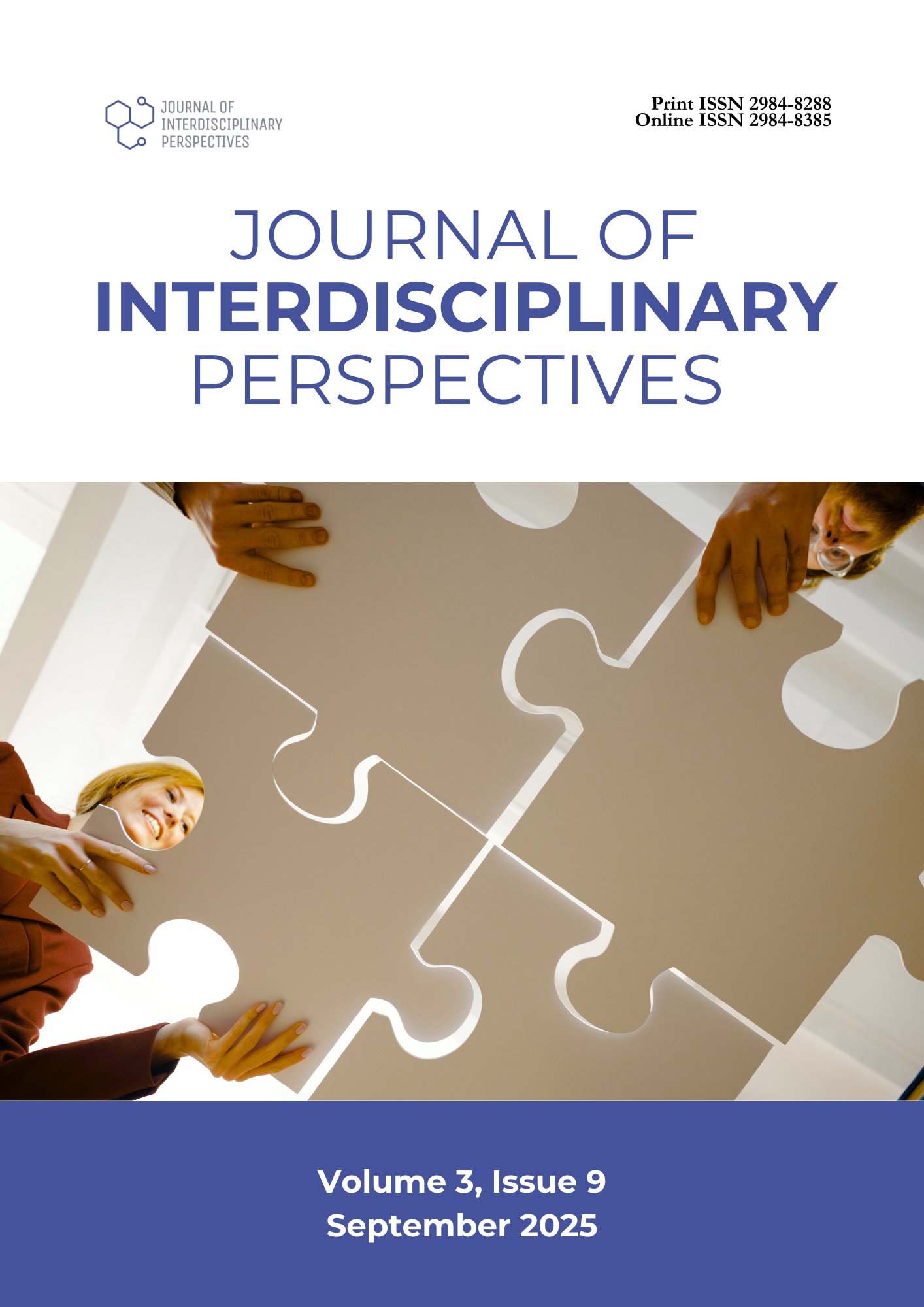The Role of English-Language Entertainment Exposure in Developing English Reading Comprehension Skill
DOI:
https://doi.org/10.69569/jip.2025.511Keywords:
English-language media, Literacy development, Music exposure, Reading comprehension, Video contentAbstract
Reading comprehension remains a pressing challenge in Philippine education, as reflected in the country’s low performance in the 2018 Programme for International Student Assessment (PISA). While English-language entertainment, particularly video content and music, has become deeply embedded in students’ daily routines, its contribution to academic reading skills remains underexamined. This study explored the relationship between English-language entertainment exposure and reading comprehension among 117 first-year Bachelor of Secondary Education (BSED) English students at Tagoloan Community College. Using a descriptive-quantitative research design and a census sampling method, data were gathered through a validated researcher-made questionnaire with a high content validity index (CVI = 0.95). Findings revealed that students engaged with English-language video and music content on a “daily or almost daily” basis (composite means: video = 3.25; music = 3.36). However, despite this frequent exposure, their average reading comprehension score was only 9.85 (SD = 2.50), placing most students in the “Proficient” and “Developing” categories. Spearman’s Rank Correlation indicated no significant relationship between exposure to video content (ρ = 0.057, p = 0.543) or music content (ρ = 0.080, p = 0.390) and reading comprehension scores. These findings suggest that while English-language entertainment may support general language familiarity, it is insufficient on its own to improve reading comprehension. The study underscores the importance of integrating media content into explicit literacy instruction and structured reading interventions. Future research may adopt experimental or mixed-method designs to investigate mediating variables such as digital literacy, reading motivation, or strategy use, and to understand better how entertainment media can be leveraged for instructional gain.
Downloads
References
Ahmad, H. S. (2023). A comparative study between students’ reading comprehension using classical music and video in 10th graders of SMAN 10 Bandar Lampung in the academic year of 2019/2020 (Doctoral dissertation). UIN Raden Intan Lampung. http://repository.radenintan.ac.id/id/eprint/29146
Alhadad, M. A., Mustofa, M., & Karimullah, I. W. (2021). Exploring the benefits of English entertainment exposure as language acquisition (Unpublished research report). University of Islam. http://repository.unisma.ac.id/handle/123456789/1903
Andrews, H., Shin, J. K., & Salon, M. B. (2024). Media literacy education for young learners of English in the Philippines. In Developing materials for innovative teaching and sustainable learning: ELT practitioners’ experiences from diverse global contexts (pp. 59–95). Springer Nature Switzerland. https://doi.org/10.1007/978-3-031-69206-2_3
Arabiana, E. F. S., Malifer, D. A. E. A., & Betonio, H. R. (2020). Video cartoons and task-induced involvement: Effects to pupils' L2 incidental literacy acquisition. English Language Teaching Educational Journal, 3(2), 151–162. https://doi.org/10.12928/eltej.v3i2.2461
Awatin, M., & Escandallo, J. (2023). The relationship of language exposure and language competence among English major students: A convergent parallel approach. SSRN. https://papers.ssrn.com/abstract=5036429
Brodarić Šegvić, S. (2022). Media-exposure and its influence on English vs. Italian language competences of high school students in Split (Doctoral dissertation). University of Split. https://urn.nsk.hr/urn:nbn:hr:172:891998
Díaz, A. M. C., & Villanueva, J. S. (2022). Instrumental popular music and students’ reading comprehension: Basis for proposed reading remediation program. International Research Journal of Science, Technology, Education, & Management (IRJSTEM), 2(2). https://doi.org/10.5281/zenodo.6973601
Dimla, M. S., Eusebio, M. C., & Mendoza, A. C. (2021). Social network exposure and students’ vocabulary proficiency of second language: Basis for reading enrichment method. Cosmos: An International Journal of Art & Higher Education, 10(2), 97–108. https://doi.org/10.46360/cosmos.ahe.520212018
Francia, A., & Andrey, M. S. (2024). Senior high school learners' reading comprehension level on select subtitled movies. Psych Educational Multidisciplinary Journal, 19(9), 383–383. https://doi.org/10.5281/zenodo.11194500
Gabor, R. E., & Celeste, M. C. L. (2024). Digital reading adventures: Developing and evaluating video-based materials for reading comprehension. Ignatian International Journal for Multidisciplinary Research, 2(5), 895–912. https://doi.org/10.5281/zenodo.11178864
Gagalang, J. L. (2022). Exploring social media use of Filipino learners: How it impacts reading attitudes and competence. Linguistics and Culture Review, 275–290. https://doi.org/10.21744/lingcure.v6nS2.2034
Guzman, J. L. J., & Viray, K. R. (n.d.). The effect of TikTok exposure on the English language comprehension of international students: A quasi-experimental study. Journal of Multidisciplinary Studies. https://doi.org/10.62249/jmds.2013.2442
Novi Rahmadaniati, & Hesty Widiastuty. (2024). A theoretical analysis of how listening to English language music on digital platforms supports vocabulary development. International Seminar, 6, 409–420. https://conference.unita.ac.id/index.php/conference/article/view/216
OECD. (2019). An OECD learning framework 2030. In Future of education and skills 2030 (pp. 23–35). Springer International Publishing. https://doi.org/10.1007/978-3-030-26068-2_3
Quiño, J. B. (2022). Factors influencing the career preference of senior high school students during pandemic. International Journal of Arts and Social Science, 5(3), 72–77. https://tinyurl.com/eeavr8hn
Turayeva, N. (2024). Using media contents in teaching English language. Multidisciplinary Journal of Science and Technology, 4(5), 308–314. https://mjstjournal.com/index.php/mjst/article/view/1397
U.S. Department of Education, Institute of Education Sciences, National Center for Education Statistics. (n.d.). Program for International Student Assessment (PISA) 2018 results. Retrieved from https://nces.ed.gov/surveys/pisa/pisa2018/
Yusoff, M. S. B. (2019). ABC of content validation and content validity index calculation. Education in Medicine Journal, 11(2), 49–54. https://doi.org/10.21315/eimj2019.11.2.6
Downloads
Published
How to Cite
Issue
Section
License
Copyright (c) 2025 Journal of Interdisciplinary Perspectives

This work is licensed under a Creative Commons Attribution-NonCommercial 4.0 International License.








